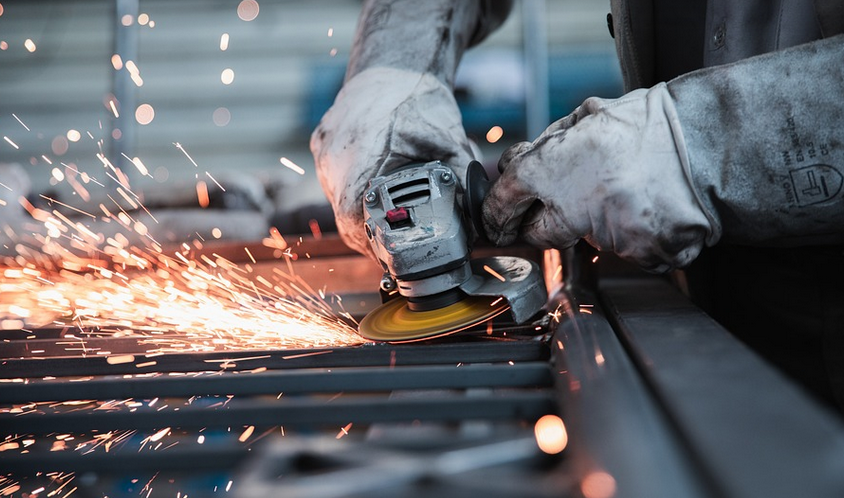
Keeping It Tight: A Guide To Windshield Rubber Seal Adhesive
The Importance of a Good Fit
Every car owner knows that feeling – the subtle hum of air rushing past as you cruise down the highway, or the soft sound of your windows rolling up. These moments are often punctuated by the satisfying click of a door lock or the smooth glide of a window. But what happens when these everyday comforts are compromised? We’re talking about those seemingly insignificant seals around our windshields – the tiny rubber strips that keep out unwanted drafts, debris, and even moisture. These small but mighty pieces of technology play a crucial role in maintaining your car’s interior comfort, functionality, and overall safety. A properly fitted seal prevents harsh weather conditions from seeping into your vehicle’s cabin, keeping you cozy during winter drives or protected from the summer heat. But what makes these seals so critical? Think of them as tiny guardians, protecting your windshield from wind resistance that can negatively impact fuel efficiency and even compromise your driving experience. They also act as a barrier against harmful UV rays, keeping your car’s interior looking fresh and preventing fading on the dashboard or seats.
The Problem with Loose Seals
You might be wondering what happens when these seals become loose or damaged? Imagine the seal slowly loosening up with constant wear and tear. This can create unwanted gaps between the seal and the windshield, leading to a host of issues. These include: * **Increased Wind Resistance:** As your car travels at higher speeds, wind resistance is amplified due to these gaps. This can even lead to decreased fuel efficiency as your engine has to work harder to overcome the resistance. * **Air Leaks and Moisture Entry:** The opening created by loose seals allows for air to leak into the cabin, leading to drafts that can make it uncomfortable or create an uneven temperature inside. Additionally, moisture can creep in through these gaps, potentially causing corrosion or even mold growth. * **Compromised Vehicle Safety:** In extreme cases, significant leaks caused by damaged seals can impact your safety. These leaks might interfere with your visibility, impacting your ability to navigate safely during night driving.
The Right Adhesive: A Match Made in Heaven
So, what’s the solution? The answer lies in using specialized adhesive designed specifically for windshield rubber seals. These adhesives offer a blend of strength and flexibility, ensuring a durable and long-lasting seal while allowing the rubber to move with your vehicle. There are many types available on the market, but finding the right one depends on several factors: * **Seal Material:** The type of rubber used in your windshield seal will influence which adhesive you choose. Rubber based seals often work best with silicone-based adhesives, while some high-grade vinyl applications might benefit from a polyurethane-based adhesive. * **Application Environment:** Are you working on your car at home or somewhere outdoors? The environment plays an integral role in choosing the right adhesive. Some adhesives are designed for colder temperatures, while others perform better in humid conditions. * **Personal Preference:** Some people prefer simple, single-stage adhesives, while others opt for adhesives that allow for multiple applications and adjustments if needed.
The Adhesive Application Process: A Step-by-Step Guide
Applying adhesive to your windshield seal doesn’t have to be a daunting task. With the right tools and techniques, you can achieve a professional-looking finish and a long-lasting seal. 1. **Clean the Seal:** Before applying any adhesive, ensure that the area around the seal is clean and free of debris. Use a soft cloth or lint-free wipe to remove dirt, dust, and any residue that might interfere with the adhesive’s bonding process. 2. **Apply Adhesive:** Most adhesives come in convenient tubes or bottles. Carefully apply the adhesive to the edge of your seal using an applicator tip if provided by the manufacturer. If you choose a spray-type adhesive, be sure to wear safety glasses and work in a well-ventilated area. 3. **Press Together:** Now comes the crucial part – aligning the pieces and pressing them together firmly. This ensures that the seal is properly secured, applying even pressure to create a lasting bond. 4. **Wait for Drying:** After applying the adhesive, allow it to sit for the recommended time according to the manufacturer’s instructions. Don’t rush this step; it ensures adequate curing and bonding strength. **Pro Tips for Success: A Few Extra Considerations** * **Warm Weather:** When working with adhesive in hot weather, make sure to wait until the temperature is above 50 degrees Fahrenheit before starting your project. * **Patience is Key:** Take your time! Applying a proper seal requires precision and patience. Rushing can lead to air bubbles or uneven bonding, jeopardizing the seal’s effectiveness. * **Consult the Manual:** Always refer to the manufacturer’s instructions for your chosen adhesive for specific details on application, drying times, and safety guidelines. By learning these basic steps, you can confidently tackle this small yet critical task, ensuring a comfortable and safe driving experience for yourself and your passengers.